This Robotic Pack Mule Can Carry Your Gear (and You)
Cars That Think
DECEMBER 15, 2023
This article is part of our exclusive IEEE Journal Watch series in partnership with IEEE Xplore. If you go back far enough, a bunch of the initial funding for quadrupedal robots that enabled the commercial platforms that are available today was tied into the idea of robotic pack animals.

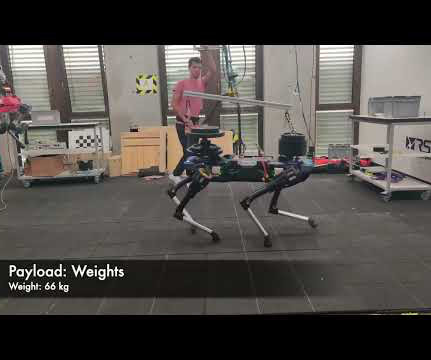
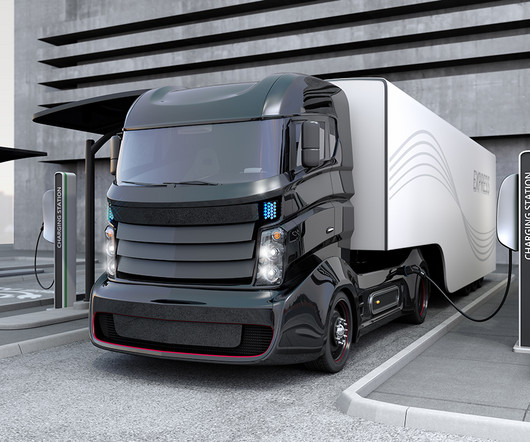



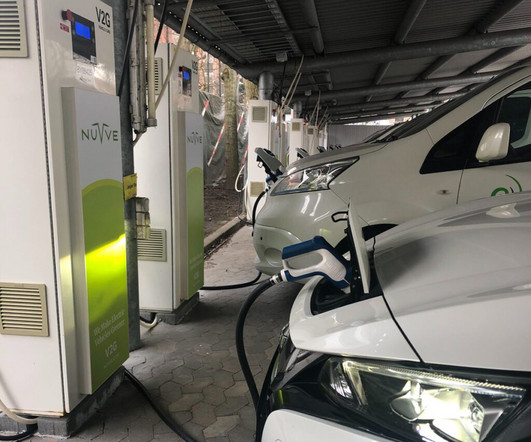


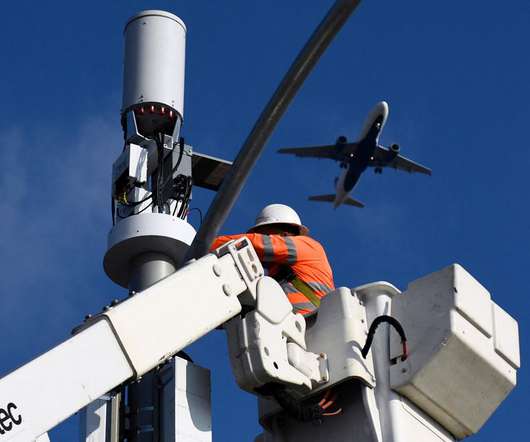

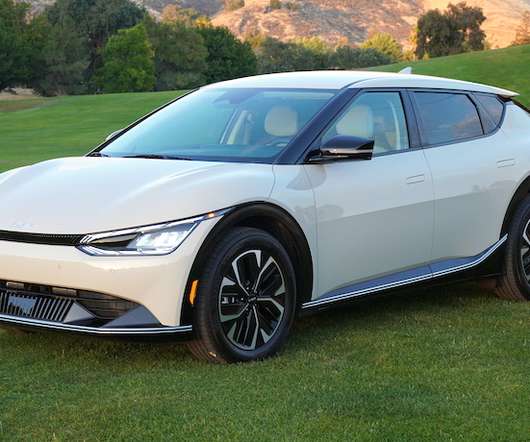








Let's personalize your content